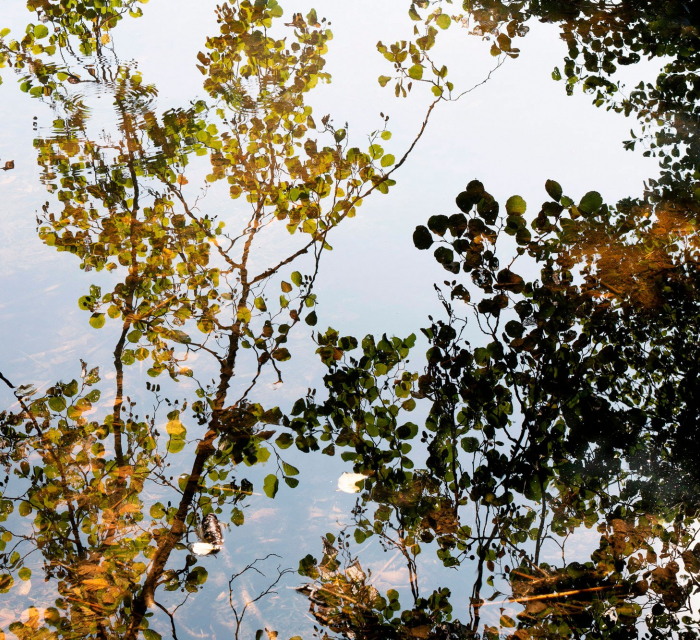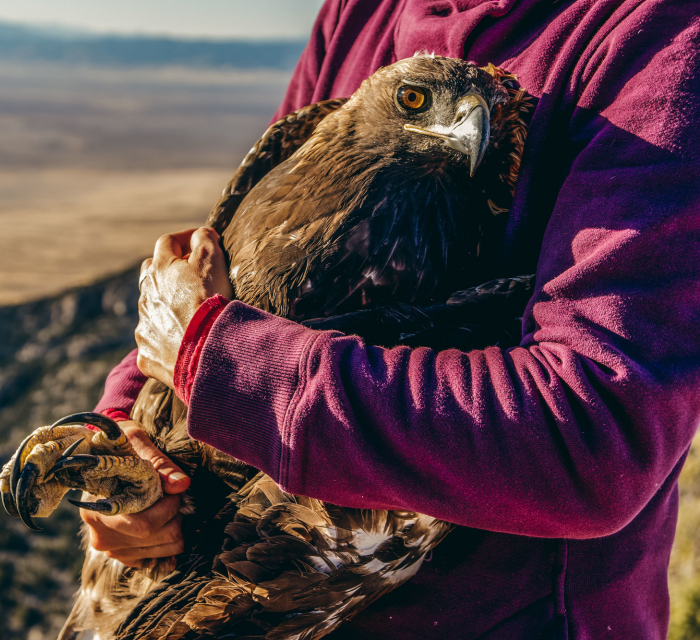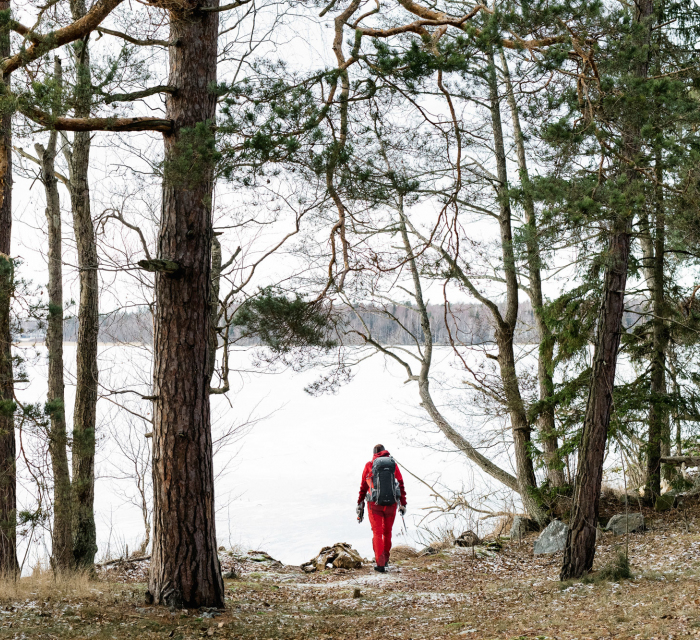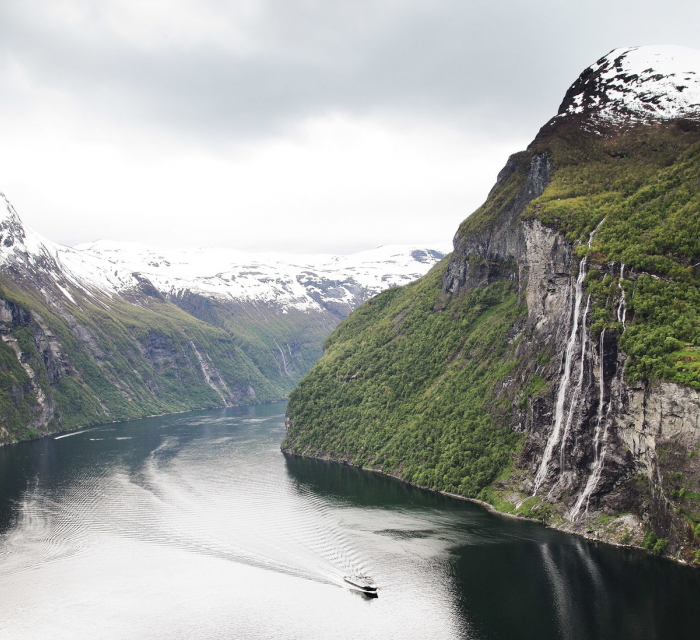Nestled in the small French mountain village of Les Praz in the Chamonix valley is the old sawmill, Moulin des Artistes. Considered to be one of the oldest sawmills in the valley, the unassuming building is garnished with features that belie its 17th century history, and only patches of grey stonework still hint at its past. Many walkers may be familiar with the building as it sits at the starting point for the Chalet Floria trail, which follows a shady path up through the forest to spectacular panoramic views of the majestic peaks of the Mont Blanc massif. Many of the valley’s old sawmills have now been converted into holiday chalets, but this one remains active: it is the home and workshop of Peter Steltzner, owner and founder of Rabbit on the Roof and maker of handmade wooden skis and snowboards.
Before moving to Chamonix in 2010, the Californian born craftsman was living in Montreuil on the outskirts of Paris after having moved there in 1989. Upon his arrival in Paris, Peter soon began working with wood, and his unfaltering fascination with the medium drove him to learn the art of fine woodworking and become a bespoke cabinet and furniture maker. Years later, starting as a side project, it was in his Montreuil workshop that Rabbit on the Roof, his new wooden ski-making business, was born.









































